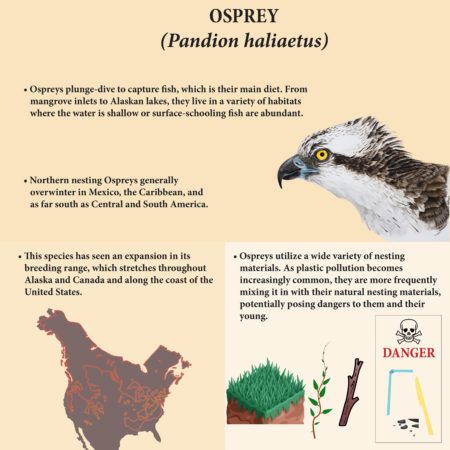Celebrate World Migratory Bird Day (WMBD) with us in our virtual “Birds Connect Our World” edition! Have fun learning about a new migratory bird every day. We have colouring pages, puzzles, activities, and more. Download for free and enjoy nature with your family at home.
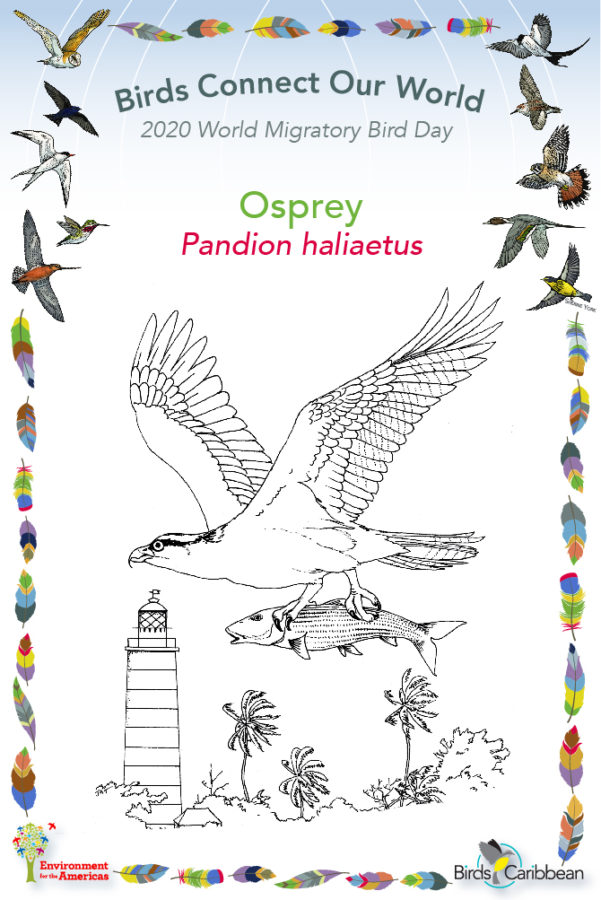
Migratory Bird of the Day: Osprey
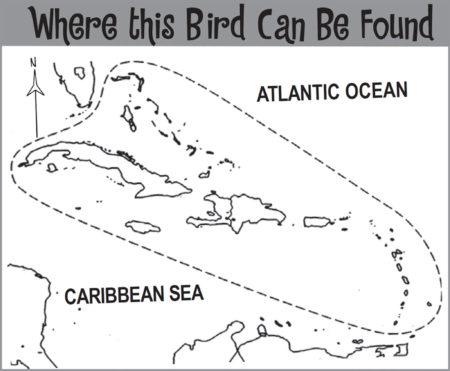
The Osprey is a big, powerful fish-eating bird, with a hooked black beak. It has a white head with dark eye stripe, chocolate brown upperparts, and white underparts, with variable brown speckling on the breast. These birds fly with a slight bend at the ‘wrist’. This distinctive ‘M’ shaped silhouette, when seen from below, means Ospreys can be identified from far away or when light conditions are not good enough to see their colouring. You might also hear their shrill high-pitched whistling call before you spot them.
In some parts of the Caribbean, including the Bahamas and parts of Cuba, Ospreys are present year-round and breed. During the autumn these resident birds are joined by migratory individuals from North America. Ospreys make long journeys from their breeding areas, sometimes travelling thousands of miles. Some birds pass through the Caribbean to areas further south, such as this individual called Edwin, whose migration was one of many tracked with satellite tags. Others remain in the Caribbean during the winter.
The Ospreys that breed in the Caribbean are a different sub-species than the migratory birds. These birds, with the sub-species name ridgwayi, look quite different. The brown eye stripe tends to be very faint (in some birds it is almost absent), and they do not show brown markings on their breast. This gives birds the appearance of having overwhelmingly white heads and chests.
This species was endangered by the effects of pesticides in the mid-20th century. After such pesticides were banned in the US in 1972, Ospreys have made a comeback. Ospreys specialize on catching and eating fish and so are most commonly seen in coastal areas and around wetlands and ponds. If you watch for long enough you might spot one carrying a fish in its talons. If you are lucky you may even, see an Osprey plunge feet first into the water and pluck out a fish! Learn more about this species, including its range, photos, and calls here.
Colour in the Osprey!
Download the page from Migratory Birds of the West Indies Colouring Book. Use the photos below as your guide, or you can look up pictures of the bird online or in a bird field guide if you have one. Share your coloured-in page with us by posting it online and tagging us @BirdsCaribbean #WMBD2020Carib
Listen to the call of the Osprey
The calls of the Osprey are high-pitched whistles, often repeated.
Puzzle of the Day
Click on the images below to do the puzzles. You can make the puzzle as easy or as hard as you like – for example, 6, 8, or 12 pieces for young children, all the way up to 1,024 pieces for those that are up for a challenge!
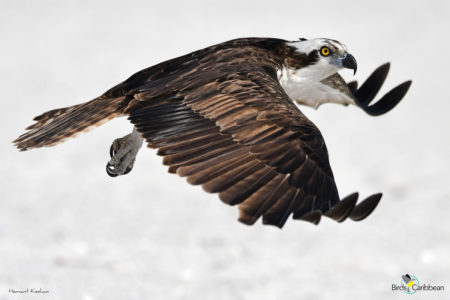
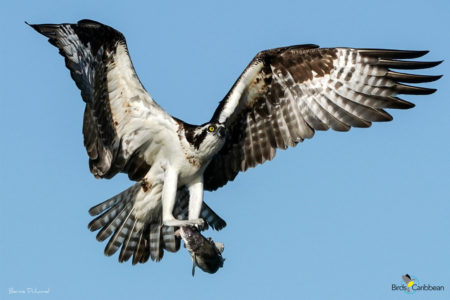
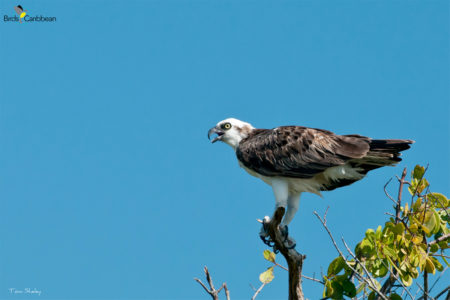
Activity of the Day
FOR KIDS: Take a look at this interesting infographic! In it you can find out more about Ospreys, where they breed in the US and how they are being affected by plastic pollution.
FOR KIDS AND ADULTS:
- Take a walk along the coast or at a wetland and see if you can spot an Osprey or any other migratory birds. Use a bird field guide or the FREE Merlin bird ID app to help you identify the birds you are seeing.
- Enjoy the videos below of Ospreys. The first shows the Ospreys’ amazing hunting method, with the bird grabbing a fish from the water! The second shows a Osprey, having made a successful catch, eating a fish.
- Visit MigratoryBirdDay.org for many more free activities and resources to learn about migratory birds, their threats and conservation actions you can take.

